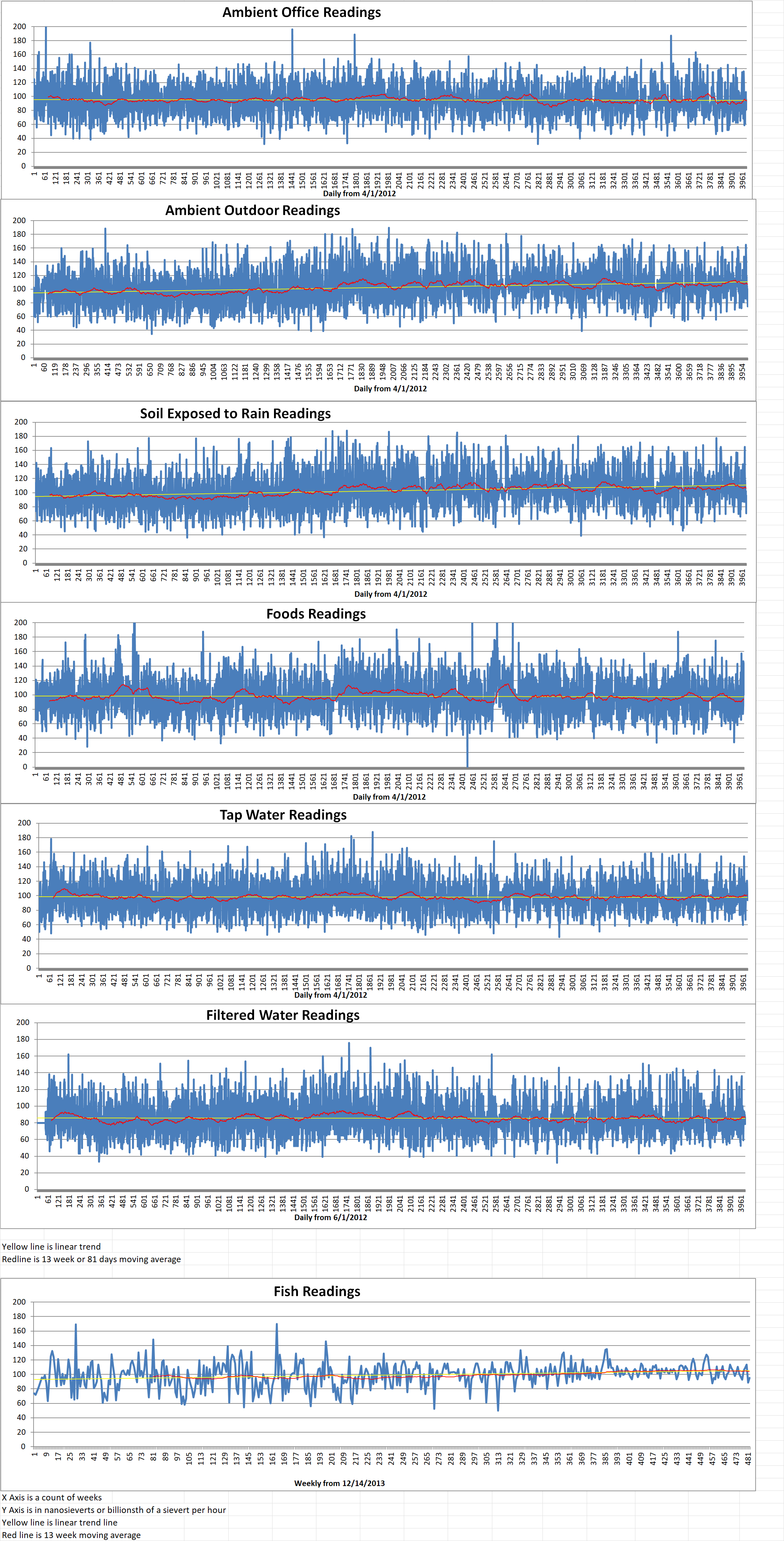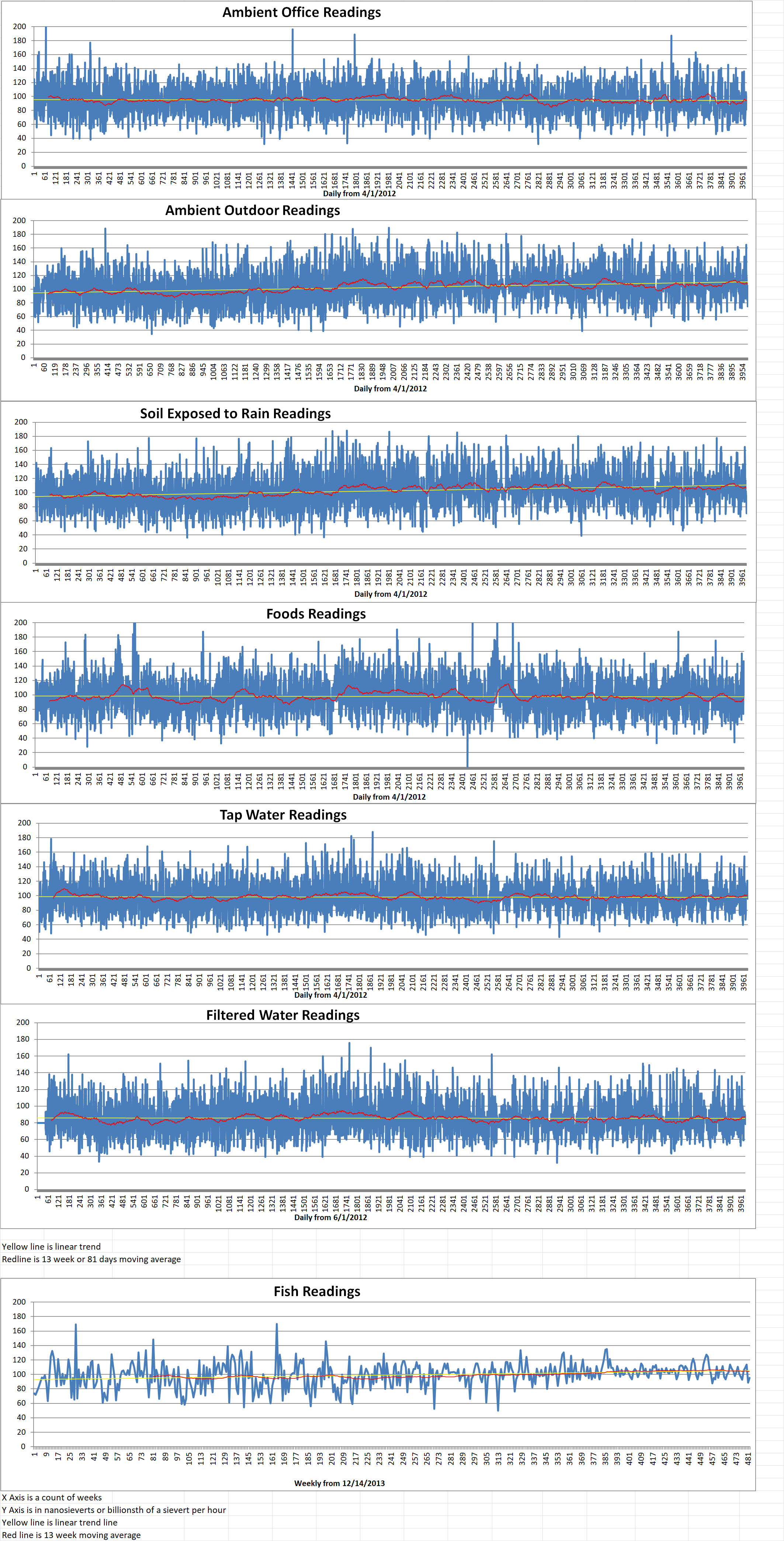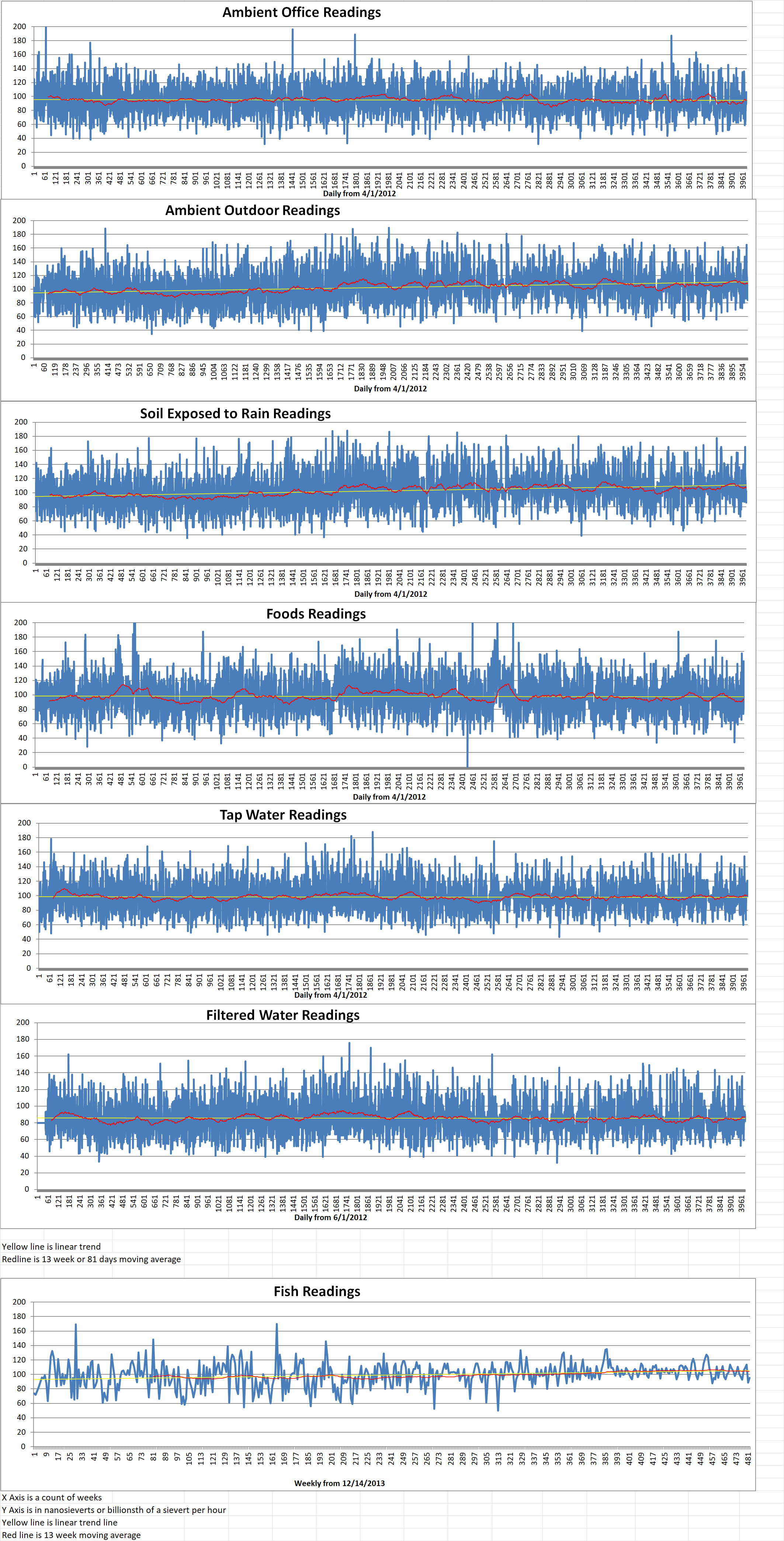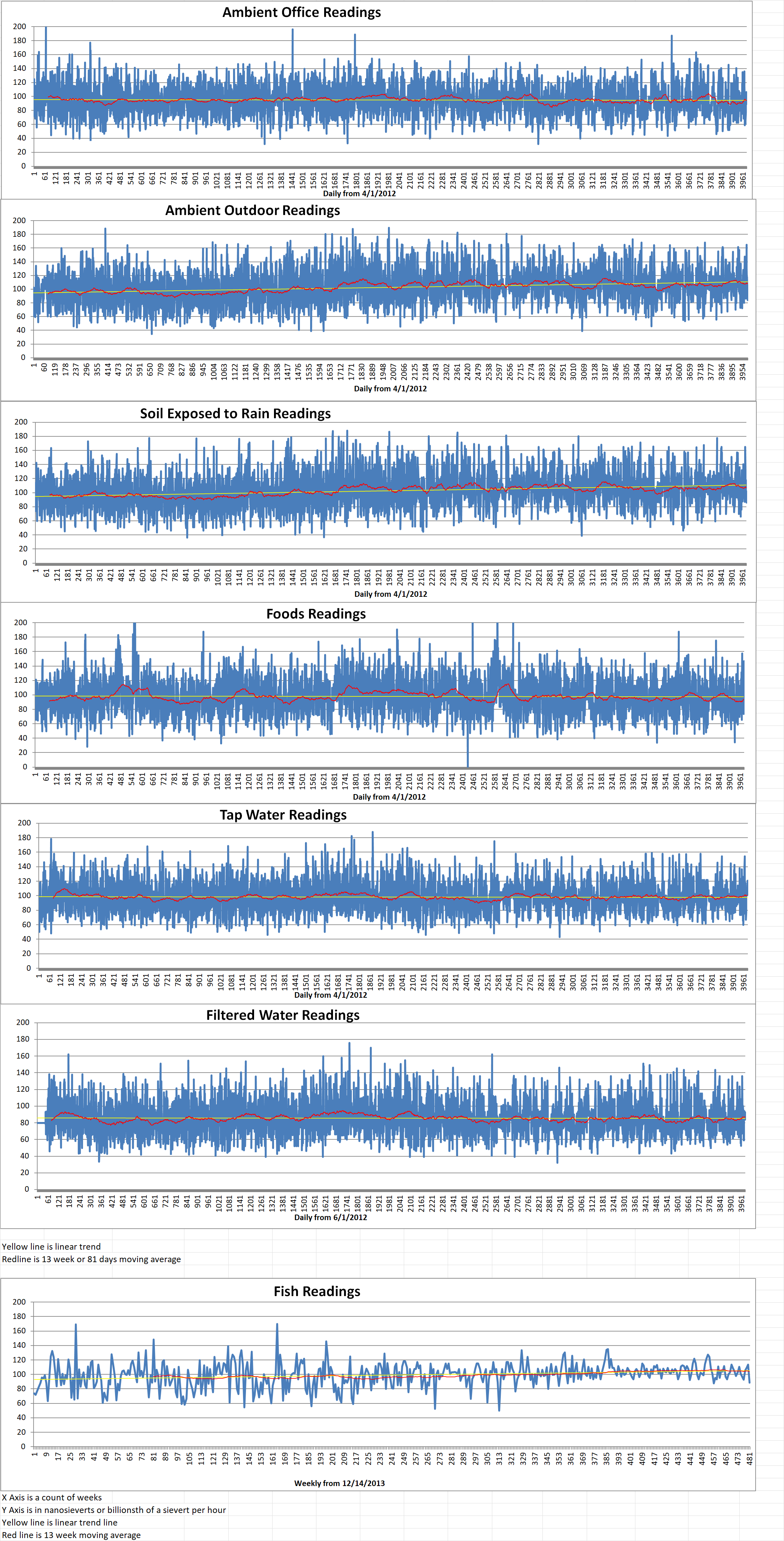Some investors are betting on Rolls-Royce (RR) stock rising because RR is entering the small modular reactors (SMR) market. SMRs will be manufactured in a factory and assembled at the site where they will operate. One of the selling points for SMRs is the expectation that they will be cheaper and quicker to construct than conventional nuclear power plants. Large-scale nuclear projects are notorious for running over budget and behind schedule.
SMR technology has already been proven in Russia. In 2020, a floating power station was commissioned. The result was the Akademik Lomonosov barge which now provides power for two hundred thousand homes in the Russian city of Vilyuchinsk. Nuclear reactors usually used in nuclear icebreakers were used to construct the floating power plant.
RR is designing SMRs with a four hundred and seventy megawatt capacity. Each one will be able to provide electricity to one million households.
There are currently thirty-two countries that make use of nuclear power. However, SMRs will open up new markets in countries that have not used nuclear technology because of their relative simplicity and sixty year projected life spans. Many are expected to be located on existing sites of redundant coal or gas-fired power plants. The market for SMRs is projected to be worth more than thirty billion dollars a year by 2040.
The U.K., U.S. and Canada are leading players in the development of these small nuclear reactors. The U.K. government is so interested that it has given RR two hundred and sixty million dollars. Four sites have been chosen where it is hoped that fifteen gigawatts of capacity will be installed. RR has signed memoranda of understanding with the Czech Republic, Estonia and Turkey for SMR projects.
Not everyone is enthusiastic about more nuclear power. Greenpeace does not support nuclear power due to the long-lasting problems of dealing with spent nuclear fuel waste. High profile nuclear disasters at Chernobyl and Fukushima are reminders of how badly things can go wrong when nuclear technology fails.
Last month, Germany shut down its last operational nuclear power plant. The German government has decided to invest in renewable energy instead. However, at the same time, Finland opened Europe’s biggest nuclear power plant. It is expected that about forty percent of the electricity in Finland will soon be produced by nuclear power.
The most recent survey by YouGov suggested that nuclear power is becoming more popular. In September of last year, forty-eight of the those polled said that they supported the use of nuclear power in the U.K. In August of 2019, a similar poll found that only forty percent of the respondents supported nuclear power.
From an investment point of view in the U.S., SMRs are receiving the backing of two American billionaires. TerraPower is being funded by Bill Gates. In collaboration with GE Hitachi Nuclear Energy, TerraPower has created the Natrium reactor. These are intended to provide constant power. They will compensate for when weather conditions for wind and solar farms are unfavorable. Warren Buffet, through Berkshire Hathaway, owns PacifiCorp which is partnering with TerraPower in a feasibility study for a site in Wyoming.
RR is not expected to have its first operation SMR until 2030.
Blog
-

Nuclear Reactors 1227 – Rolls-Royce Is In The Race To Develop and Deploy Small Modular Reactors
-
Nuclear News Roundup May 29, 2023
Putin’s dam attack is a dangerous escalation that takes the war in an even more perilous direction news.sky.com
Iran-Saudi nuclear cooperation possible: report tehrantimes.com
We are now dangerously close to nuclear war telegraph.co.uk
NRG exits nuclear with sale of South Texas Project stake world-nuclear-news.org
-

Geiger Readings for May 29, 2023
Ambient office = 84 nanosieverts per hour
Ambient outside = 79 nanosieverts per hour
Soil exposed to rain water = 93 nanosieverts per hour
Red bell pepper from Central Market = 108 nanosieverts per hour
Tap water = 94 nanosieverts per hour
Filter water = 86 nanosieverts per hour
-
Nuclear News Roundup May 28, 2023
Why North Korea’s Latest Nuclear Claims Are Raising Alarms nytimes.com
OPG and OSGE enhance cooperation on SMRs world-nuclear-news.org
Advanced Nuclear Technology Is a Potential Option To Achieve Zero Carbon Emissions for Purdue University marketscreener.com
IAEA aims to expand team at Zaporizhzhia world-nuclear-news.org
-

Geiger Readings for May 28, 2023
Ambient office = 81 nanosieverts per hour
Ambient outside = 75 nanosieverts per hour
Soil exposed to rain water = 71 nanosieverts per hour
English cucumber from Central Market = 100 nanosieverts per hour
Tap water = 96 nanosieverts per hour
Filter water = 79 nanosieverts per hour
-
Nuclear News Roundup May 27, 2023
IAEA likely to close some probes on Iranian nuclear sites – source jpost.com
US reportedly looking to Oman to broker new Iran nuclear talks timesofisrael.com
Robotic hand offers innovative nuclear solution world-nuclear-news.org
Grossi says Zaporizhzhia principles ‘step in right direction’ world-nuclear-news.org
-

Geiger Readings for May 27, 2023
Ambient office = 95 nanosieverts per hour
Ambient outside = 100 nanosieverts per hour
Soil exposed to rain water = 96 nanosieverts per hour
Blueberry from Central Market = 143 nanosieverts per hour
Tap water = 100 nanosieverts per hour
Filter water = 82 nanosieverts per hour
Dover Sole from Central = 95 nanosieverts per hour
-

Nuclear Weapons 819 – U.S. Is Working On Bunker Buster Bombs To Destroy Iranian Nuclear Facilities Buried Deep Under Mountains – Part 4 of 4 Parts
Part 4 of 4 Parts, (Please read Parts 1, 2 and 3 first)
Nuclear weapons advocates believe that the U.S. should retain dedicated nuclear bunker buster in order to destroy very deep targets. Former U.S. Air Force Chief of Staff General Norton Schwartz spoke on this topic at an event in 2014 at the Stimson Center think tank in Washington, D.C. He said that the guidance package on the B61-12 nuclear gravity bomb would make it easier to target hardened structures very deep underground. The B61-12’s dial-a-yield feature and tail kit could remove the need for dedicated earth-penetrating or large-yield nukes like the specially designed bunker-busting B61-11 and more powerful B83-1.
Following the collapse of its nuclear deals with other world powers in 2018, Iran has been enhancing its underground nuclear facilities and rapidly advancing its nuclear program in recent years. Iran is now producing enriched uranium close to weapons grade levels. Inspectors recently discovered that Iran had produced uranium particles that were about eighty four percent pure U-235 at the Fordo fuel enrichment plant. This is far above the sixty percent figure claimed by Iran. It is very close to the ninety percent threshold for weapons-grade uranium.
Corinne Kitsell and Götz Schmidt-Bremme are the British and German ambassadors to the IAEA nuclear watchdog respectively. They said, “The full range of findings outlined by the Director General’s report are alarming: Iran continues its unprecedented and grave nuclear escalation.”
According to the head of the IAEA, Iran has sufficient enriched uranium to construct “several” nuclear bombs as of February of this year. All in all, the latest satellite images of Iran’s underground tunnels in the Zagros mountains underscores the U.S. military’s requirement for MOPs, as well as efforts by its adversaries to mitigate the capabilities of those weapons.
Since the Trump administration pulled the U.S. out of the Joint Comprehensive Plan of Action (JCPA) for the monitoring of Iran’s nuclear program, there have been ongoing efforts to either restore the JCPA or create a new program to prevent Iran from creating its own nuclear arsenal. Negotiations with Iran over a new nuclear deal have had their ups and downs since the U.S. pulled out of the deal. Currently, the European powers in the original JCPA, have encouraged and even pressured the U.S. to come to terms with Iran. In the meantime, Iran has been resisting and violating some of the IAEA monitoring programs still in place.
Given the missiles that could reach Israel and the continued belligerent statements against Israel from the Iranian government, Israel has repeatedly said that they would never allow Iran to obtain nuclear weapons. They have said that they will attack Iran if that appears to be imminent, regardless of whether the U.S. approves and joins the attack. Hopefully, some sort of deal can be reached with Iran to halt its progress towards nuclear weapons before there is a need for the bunker busters in the U.S. arsenal. -
Nuclear News Roundup May 26, 2023
IAEA likely to close some probes on Iranian nuclear sites – source jpost.com
US reportedly looking to Oman to broker new Iran nuclear talks timesofisrael.com
Robotic hand offers innovative nuclear solution world-nuclear-news.org
Grossi says Zaporizhzhia principles ‘step in right direction’ world-nuclear-news.org
-

Geiger Readings for May 26, 2023
Ambient office = 89 nanosieverts per hour
Ambient outside = 84 nanosieverts per hour
Soil exposed to rain water = 86 nanosieverts per hour
Avocado from Central Market = 147 nanosieverts per hour
Tap water = 121 nanosieverts per hour
Filter water = 89 nanosieverts per hour
